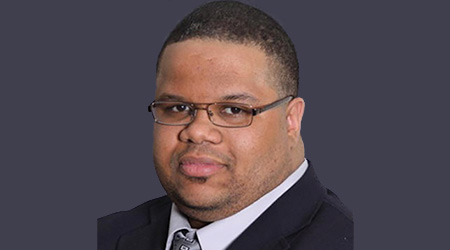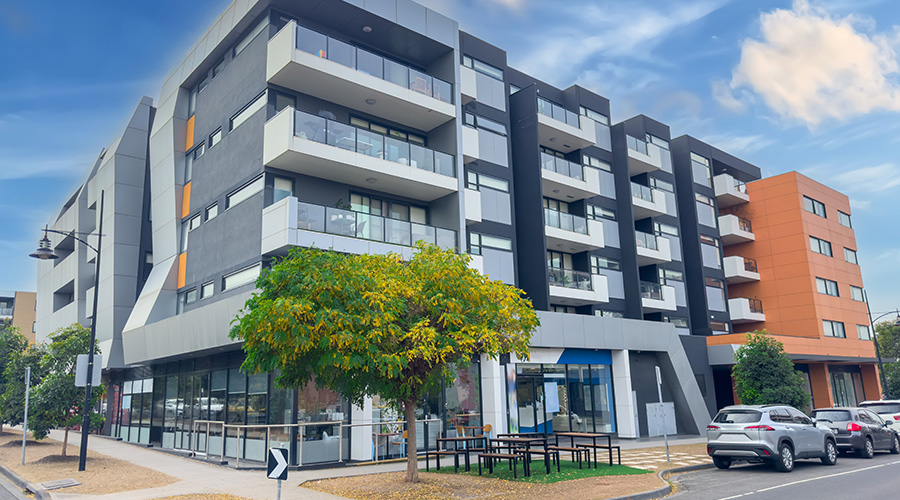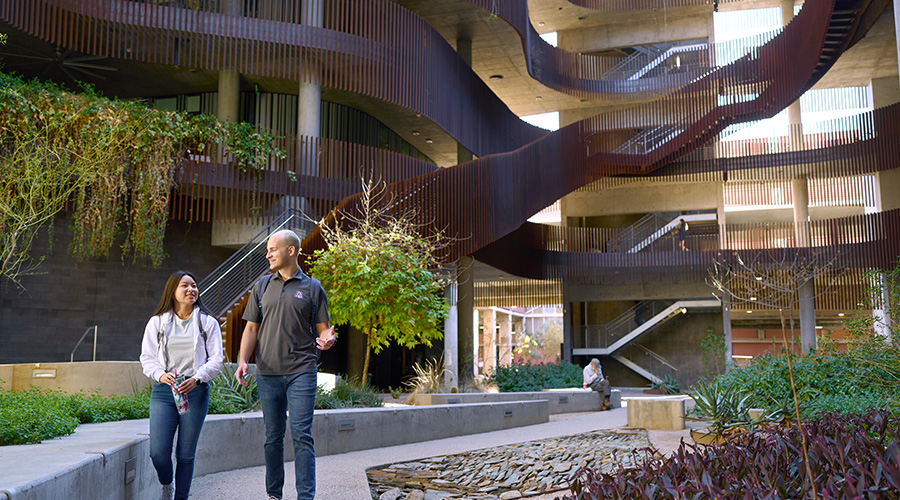Achieving Design for Maintainability Goals
Maintainability is inherent to building system design, and it ensures the ease, accuracy, safety and economy of maintenance tasks within that system.
How does a manager know if the organization’s design for maintainability program works? Achieving these objectives will help managers and their organizations understand whether the program is working:
Corporate commitment. Set aside resources to establish the maintainability program, develop a policy statement establishing the program, and designate a corporate-level champion.
Program supports. Have a dedicated corporate and project staff to implement the program and to develop written procedures, track progress, and develop and maintain a database of maintainability lessons learned.
Maintainability planning. Implement work processes that review lessons learned, set project maintainability objectives, and establish activities and resources that integrate maintainability into the project.
Maintainability implementation. Create project cross-functional teams that include maintenance, schedule meetings dedicated to maintainability, and set specific project design reviews for maintainability.
Program updating. Evaluate the program continuously, update lessons learned, and integrate maintenance technologies into project design.
The long haul
Managers need to take additional steps to ensure their organizations develop a solid, long-term commitment to design for maintainability. These steps include developing management awareness, performing a self-assessment, identifying barriers, recognizing benefits, and developing an implementation plan.
In establishing a design for maintainability program, several other components are integral: identifying a corporate champion, developing corporate procedures, and developing a database of lessons learned. Organizations might question whether these steps are possible. To answer affirmatively, managers can consider these questions: Who is responsible for maintainability at the project level? How will the project team be oriented to design for maintainability? How will the organization conduct ongoing project maintainability reviews?
Managers can support the implementation of design for maintainability by forming cross-functional teams, defining maintenance strategies and project maintainability objectives, and integrating appropriate maintenance technology where applicable. They also can conduct formal maintainability meetings, apply maintainability concepts in design and procurement, recognize the impact construction, evaluate program effectiveness, conduct maintenance training, and provide documentation.
Design for maintainability should be a living organism. Managers need to update it by evaluating the corporate program effectiveness, revising program organization and procedures, and updating lessons learned. Design for maintainability also allows for the resolution of operations and maintenance considerations up front.
It takes commitment and discipline to engage and implement such a methodology, but the benefits to the overall life cycle of a building and to the organization include a good business case. They also yield a high return on investment not only in overall costs but in improved morale through increased efficiency of labor. This kind of initiative has been proven to optimize operations and maintenance activity for the built environment.
Darrell Rounds leads electrical and mechanical engineering for General Motors’ facilities organization, Sustainable Workplaces. Rounds has more than 21 years of facilities management and engineering experience, and he has led operations and maintenance activities for facilities with more than 53 million square feet and $7.2 billion in asset replacement costs. He earned a Facilities Management Administrator (FMA) designation from BOMI International and the Certified Energy Manager (CEM) from the Association of Energy Engineers, and he is a member of the commission that developed the ProFM facilities manager certification.
Related Topics:













